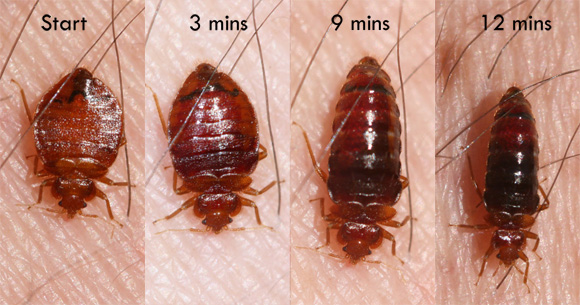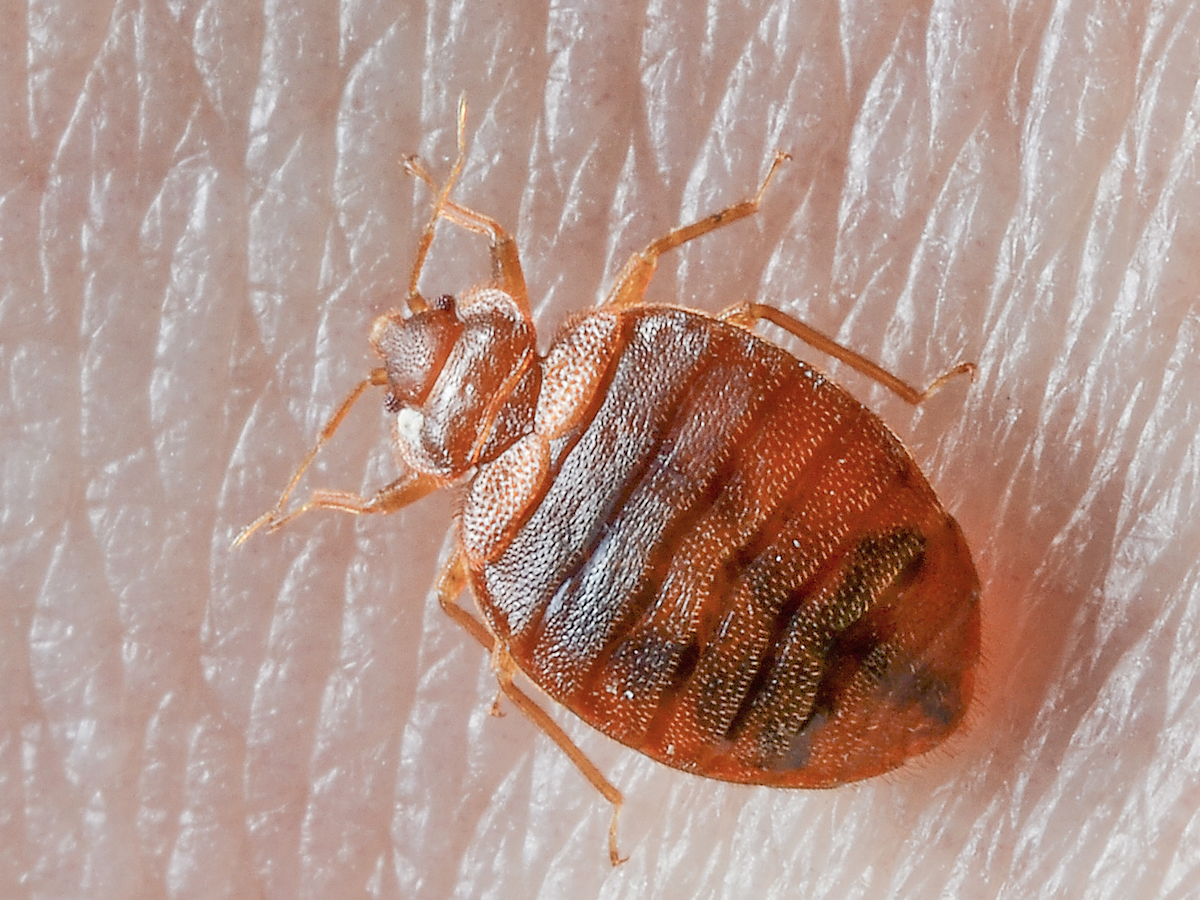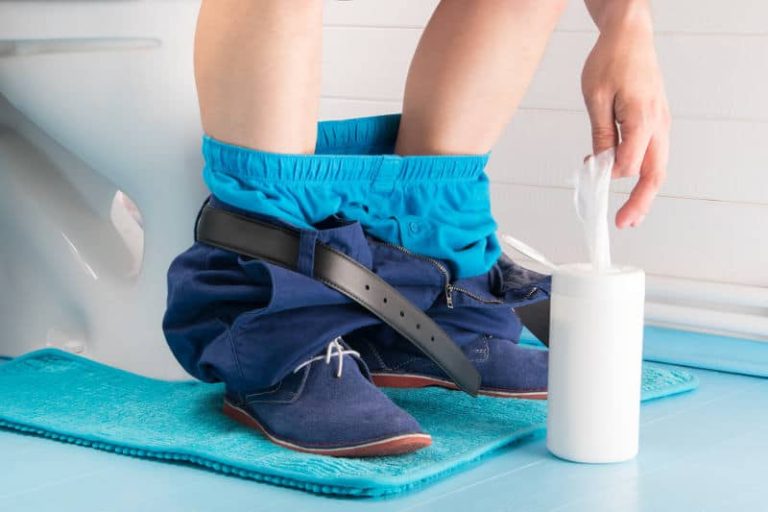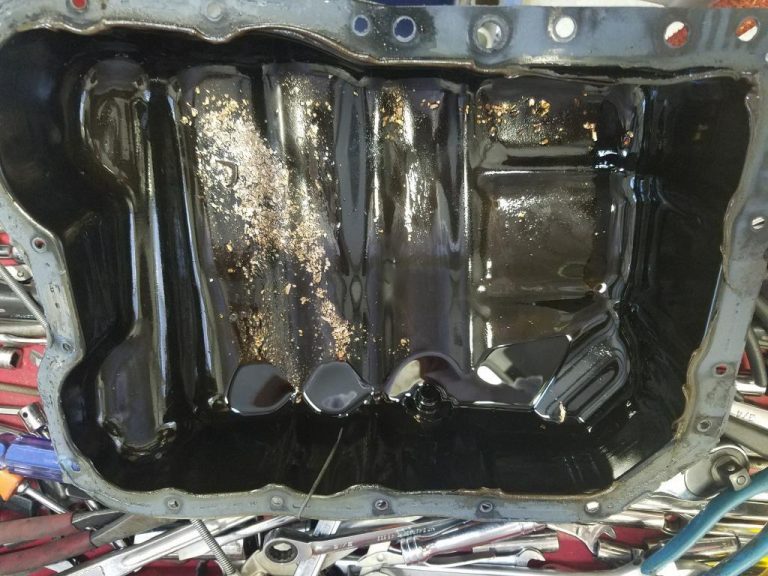What Do Bed Bugs Look Like
Most people have never seen a bed bug, let alone know what one looks like. These small, nocturnal creatures are experts at hiding and can be difficult to spot. Bed bugs are brown in color and flat in shape, similar to an apple seed.
They range from 1-7 millimeters in size, making them hard to see with the naked eye. If you suspect you have bed bugs, it’s important to inspect your home carefully for these pests. Look for tiny brown stains on sheets or furniture, as well as small white eggs which may be glued to surfaces.
Bed bugs are small, brown insects that feed on the blood of humans and animals. They are about the size of an apple seed and can be found in cracks and crevices in furniture, walls, floors, and bedding. Bed bugs are not known to carry diseases, but their bites can be painful and cause itching and swelling.
If you think you may have bed bugs, contact a pest control professional for assistance.

Credit: citybugs.tamu.edu
How Do I Know If There are Bed Bugs?
If you think you may have bed bugs, there are a few things you can look for. Check your sheets and mattress for small brown or red stains. These could be blood stains from where the bed bug has bitten you.
You might also see small black spots on your sheets, which is the bed bug’s feces. If you pull back your sheets and see small, reddish-brown insects crawling around, those are definitely bed bugs!
If you find any of these signs, it’s important to call a professional exterminator right away.
Bed bugs are very difficult to get rid of on your own, and they can quickly spread to other areas of your home if not treated immediately. An exterminator will be able to identify the infestation and come up with a plan to eradicate the bugs completely.
What Can Be Mistaken for a Bed Bug?
There are a few different insects that can be mistaken for bed bugs. The most common look-alikes are cockroaches, carpet beetles and booklice.
Cockroaches are brown or black insects that have long, flat bodies.
They are often mistaken for bed bugs because they are similar in size and shape. However, cockroaches do not bite humans and they do not live in mattresses or furniture like bed bugs do.
Carpet beetles are small, round insects that can be either brown or black.
They get their name from the fact that they often infest carpets and other fabrics in homes. Carpet beetles can bite humans, but they do not live in mattresses or furniture like bed bugs do.
Booklice are small, pale-colored insects that often infest books and paper products in homes.
They get their name from the fact that they often feed on the bindings of books. Booklice do not bite humans and they do not live in mattresses or furniture like bed bugs do.
Can Bed Bugs Be Seen With Naked Eyes?
Most people think of bed bugs as tiny brown insects that crawl around on your skin and bite you while you sleep. However, these pests can be difficult to spot with the naked eye. Bedbugs are small, oval-shaped creatures that are flat and reddish-brown in color.
They range in size from 1/4 to 3/8 of an inch long, which makes them very hard to spot without a magnifying glass or microscope. If you suspect you have bedbugs, it’s important to look for signs of infestation such as small blood stains on your sheets or pillowcases. You may also see dark spots on your mattress where the bugs have been feeding.
If you see any of these signs, it’s important to contact a professional pest control company right away so they can get rid of the problem before it gets worse.
What Do Bed Bugs Start Out Looking Like?
As most people are aware, bed bugs are small parasitic insects that feed on blood. What many people don’t know is that these pests go through several stages of development before they reach adulthood. In this article, we’ll take a closer look at the bed bug life cycle and what bed bugs look like at each stage.
The first stage of the bed bug life cycle is the egg stage. Female bed bugs lay their eggs in cracks and crevices near where they sleep. Each egg is about the size of a speck of dust and is white in color.
A female bed bug can lay up to 500 eggs in her lifetime.
The second stage of development is the nymph stage. Nymphs are baby bed bugs that hatch from eggs.
At this point, they are still quite small (about the size of a poppy seed) and pale in color. They begin feeding on blood immediately and will molt (shed their skin) five times as they grow larger. Bedbugs must have a meal of blood before each molting process.
The third and final stage is adulthood. Adult bedbugs are brown in color and about the size of an apple seed. They can live for several months without feeding, but will eventually die if they don’t get a meal every few weeks or so.
.
Signs of Bed Bug Bites – Health Checks
What Does Bed Bugs Bites Look Like
If you think you’ve got bed bugs, there are a few things you can look for to be sure. Check for tiny brown or red stains on your sheets—this is bed bug feces. You might also see skin casts, which are the exoskeletons that bed bugs shed as they mature.
And of course, look for bites! Bed bug bites usually appear in a line or cluster, and they can be itchy and painful. If you have any suspicion that you might have bed bugs, it’s best to call a professional right away.
They’ll be able to confirm whether you have them and help you get rid of them quickly.
What Do Bed Bugs Look Like to the Human Eye
Bedbugs are small, reddish-brown insects that bite humans and animals to feed on their blood. They are about the size of an apple seed and can be seen with the naked eye. Bedbugs are often found in mattresses, furniture, and cracks in walls or floors.
When they bite, they inject a numbing agent into their victim’s skin so they don’t feel the pain. Bedbugs typically come out at night to feed, but they can also be active during the day if there is a food source available.
How to Get Rid of Bed Bugs
If you’re dealing with a bed bug infestation, you’re probably wondering how to get rid of them as quickly as possible. Luckily, there are a few things you can do to eliminate bed bugs.
First, vacuum your entire home thoroughly, paying special attention to any cracks and crevices where bed bugs may be hiding.
Be sure to dispose of the vacuum bag immediately after to prevent the bugs from escaping back into your home.
Next, wash all of your bedding and clothing in hot water and dry on high heat. This will kill any remaining bed bugs and their eggs.
Finally, call a professional exterminator to come and treat your home for any remaining bed bugs. With these steps, you should be able to get rid of your bed bug problem in no time!
How to Check for Bed Bugs
If you think you might have bed bugs, the first thing you should do is check for signs of the pests. Look for brown or reddish stains on your sheets and pillowcases, which are bed bug droppings. You might also see small bloodstains on your linens, which are from crushed bugs.
Another sign of bed bugs is finding the insects themselves. These pests are small and hard to spot, but they can usually be found hiding in cracks and crevices near your bed. If you suspect you have bed bugs, it’s important to inspect your entire home for the pests.
They can spread quickly and infest other rooms in your house if left unchecked. To prevent an infestation from getting out of control, contact a professional pest control company as soon as possible to get rid of the problem for good.
Early Signs of Bed Bugs
As the weather gets warmer, many of us are spending more time outdoors. But there’s one downside to all that fresh air: an increased risk of coming into contact with bed bugs. These pests are most active during the summer months, when they can lay up to 500 eggs at a time.
Here are some early signs that you may have bed bugs in your home:
1. You’ve been bitten by something, but you can’t see any insects. Bed bug bites look like small, red welts and can be very itchy.
If you wake up with bites that you didn’t have when you went to sleep, it’s a good sign that bed bugs are present.
2. You notice small brownish or reddish stains on your sheets or mattress. These could be from bed bug feces or blood stains from crushed bugs.
3. You find egg shells or molted skin shedding around your bedding area. This is another sign that insects are present and reproducing in your space.
If you notice any of these signs, it’s important to take action right away to prevent an infestation from taking over your home!
How Do You Get Bed Bugs
Bed bugs are small, parasitic insects that feed on the blood of humans and animals. They are reddish-brown in color, oval-shaped, and about the size of a poppy seed. Bed bugs typically live in cracks and crevices near where their hosts sleep or rest, which makes them difficult to spot.
While bedbugs aren’t known to transmit disease, they can cause a number of other problems. Their bites can be itchy and uncomfortable, and can sometimes lead to allergic reactions. In addition, bedbugs can be difficult to get rid of once they’ve infested an area.
If you think you may have bedbugs, there are a few things you can do to check for them. First, look for signs of bites on your body – these will usually show up as small red bumps that are often grouped together in a line. Second, look for tiny brownish-red bugs in the cracks and crevices around your bed or furniture; third, look for dark stains on sheets or mattresses (this could be from their droppings).
If you see any of these signs, it’s important to contact a professional pest control company right away so they can begin treating the infestation.
Conclusion
Bed bugs are small, parasitic insects that feed on the blood of humans and animals. They are reddish-brown in color, flat, and oval-shaped. Bed bugs grow to about 4-5 mm in length and 2-3 mm in width.
They can live for several months without feeding. Bed bugs typically hide in cracks and crevices during the day and come out at night to feed. If you think you have bedbugs, look for signs of them in your bedding or furniture, such as bloodstains or small brown dots.
You may also notice bite marks on your skin, which can be red and swollen. If you think you have bedbugs, contact a pest control professional to get rid of them.






